Regulatory Support
Regulatory support for sustainable practices is emerging as a key driver in the Reusable Wrap Market. Governments are increasingly implementing policies aimed at reducing plastic waste, which encourages consumers and businesses to adopt reusable alternatives. This regulatory environment creates a favorable landscape for the Reusable Wrap Market, as it aligns with broader sustainability goals. Data indicates that regions with stringent regulations on single-use plastics are experiencing a surge in demand for reusable products. As these policies continue to evolve, the Reusable Wrap Market is likely to benefit from increased consumer adoption and market expansion.
Sustainability Awareness
The increasing awareness of environmental issues among consumers appears to drive the Reusable Wrap Market. As individuals become more conscious of their ecological footprint, they tend to seek alternatives to single-use plastics. This shift in consumer behavior is reflected in market data, indicating a rise in demand for sustainable products. In 2025, the market for reusable wraps is projected to grow significantly, as more households adopt eco-friendly practices. The Reusable Wrap Market benefits from this trend, as manufacturers innovate to create products that align with sustainability goals. The emphasis on reducing waste and promoting reusable solutions resonates with a growing demographic that prioritizes environmental responsibility.
Health and Safety Concerns
Health and safety considerations are increasingly influencing consumer choices in the Reusable Wrap Market. As awareness of food safety rises, consumers are more inclined to use wraps that are free from harmful chemicals. This trend is supported by data showing that a substantial portion of the population is willing to invest in products that ensure food safety. The Reusable Wrap Market is responding by offering wraps made from organic materials and free from BPA and other harmful substances. This focus on health not only attracts environmentally conscious consumers but also those who prioritize their family's well-being. The intersection of health and sustainability is likely to shape future product offerings.
Technological Advancements
Technological advancements in materials and production processes are likely to enhance the Reusable Wrap Market. Innovations such as improved fabric technology and eco-friendly coatings contribute to the durability and functionality of reusable wraps. Market data suggests that these advancements could lead to a broader acceptance of reusable wraps among consumers who value convenience and performance. As manufacturers invest in research and development, the Reusable Wrap Market may witness the introduction of products that offer better sealing properties and ease of use. This evolution in product design could potentially attract a wider audience, further driving market growth.
Consumer Education and Advocacy
Consumer education and advocacy play a crucial role in shaping the Reusable Wrap Market. As organizations and influencers promote the benefits of reusable wraps, consumers are becoming more informed about their options. This educational push is reflected in market trends, where an increasing number of consumers express interest in sustainable alternatives. The Reusable Wrap Market stands to gain from this heightened awareness, as informed consumers are more likely to make purchasing decisions that favor reusable products. Advocacy efforts that highlight the environmental and economic benefits of reusable wraps could further accelerate market growth, fostering a culture of sustainability.


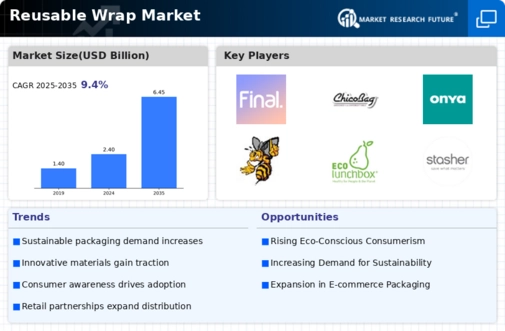
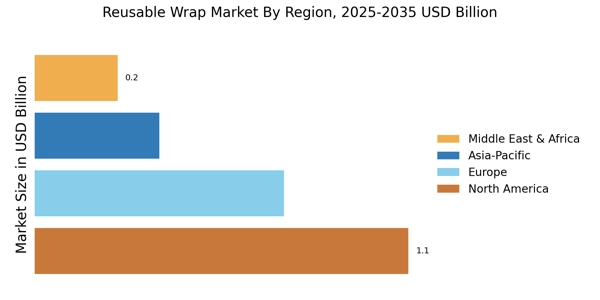
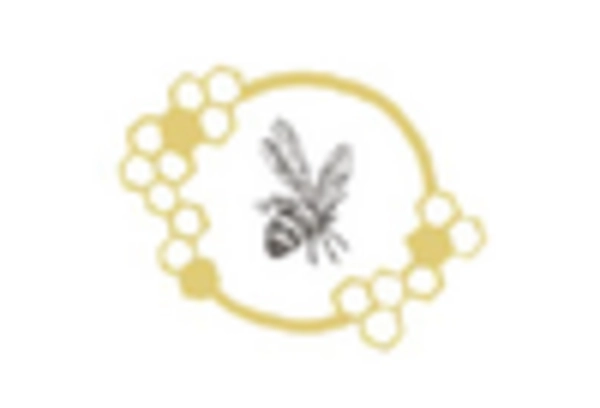

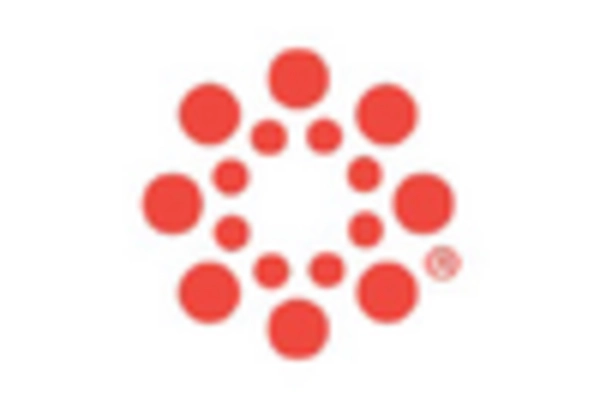
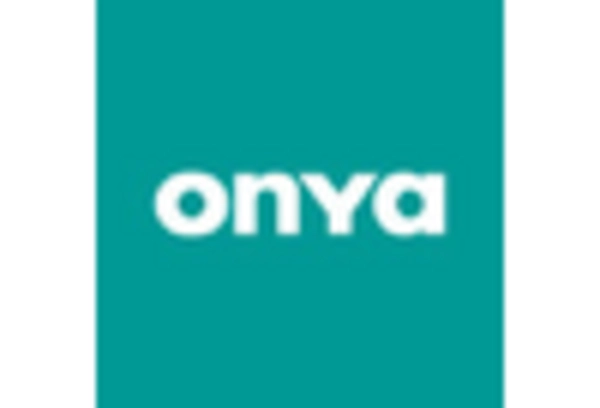










Leave a Comment